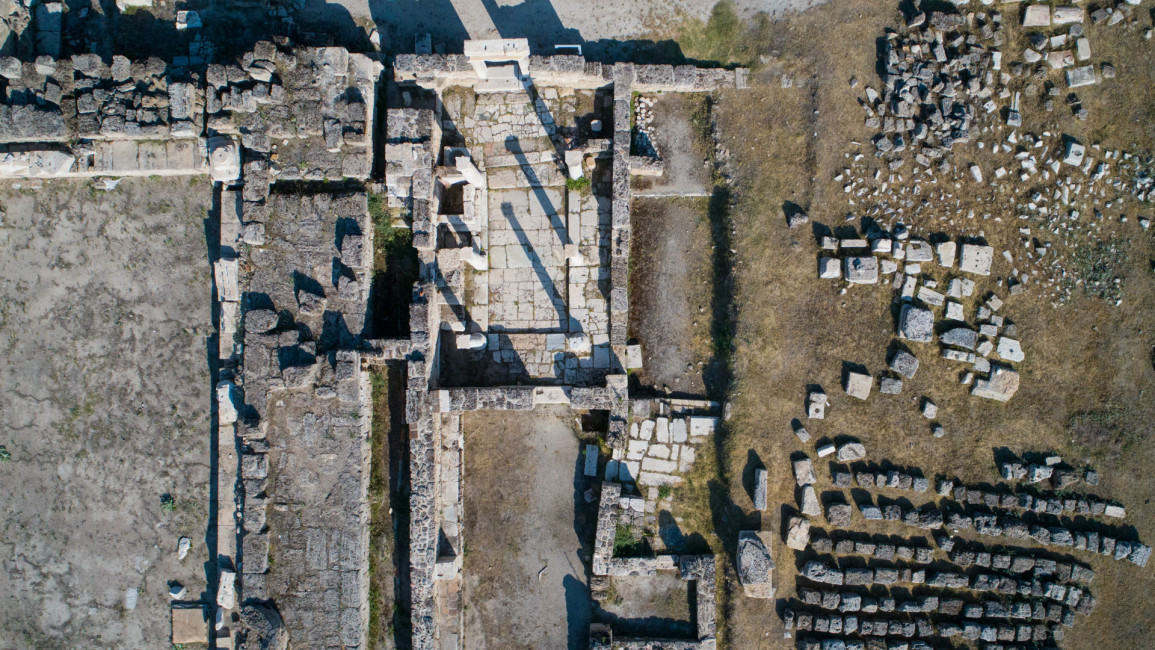
Ancient Hellenistic era temple discovered in Turkey
An ancient Hellenistic era temple has been unearthed in central Turkey, archaeologists announced this weekend, following a decade-long excavation in the Anatolian hinterland.
The temple, which was discovered by a Turkish-Italian team at the Kinik Mound archaeological site, is thought to be over 2,000 years old.
Its discovery follows the excavation of a 2,500-year-old Persian era temple by the same archaeological team in 2016 at Kinik Mound.
"We continued excavations just below the place where we found the temple, and we found another temple dating back to the Hellenistic period, 2,100 years ago," Professor Lorenzo D'Alfonso of New York University told Anadolu Agency.
"We also found parts of a bull statue made from ceramics," he added.
Anatolia, which is Asia's westernmost protrusion, was occupied by the Persians between 545 and 333 BC. It later entered its Hellenistic period following Alexander the Great's conquest of the area.
Excavations at the Kinic Mound site are part of a joint ten-year project by the University of Pavia, Institute for the Study of the Ancient World and New York University and Turkey's Nigde and Erzurum universities.
Turkey has been described as one of the "cradles of civilization" with some of the earliest developments in agriculture and human habitation taking place in the modern day state's boundaries.


![President Pezeshkian has denounced Israel's attacks on Lebanon [Getty]](/sites/default/files/styles/image_684x385/public/2173482924.jpeg?h=a5f2f23a&itok=q3evVtko)



 Follow the Middle East's top stories in English at The New Arab on Google News
Follow the Middle East's top stories in English at The New Arab on Google News


